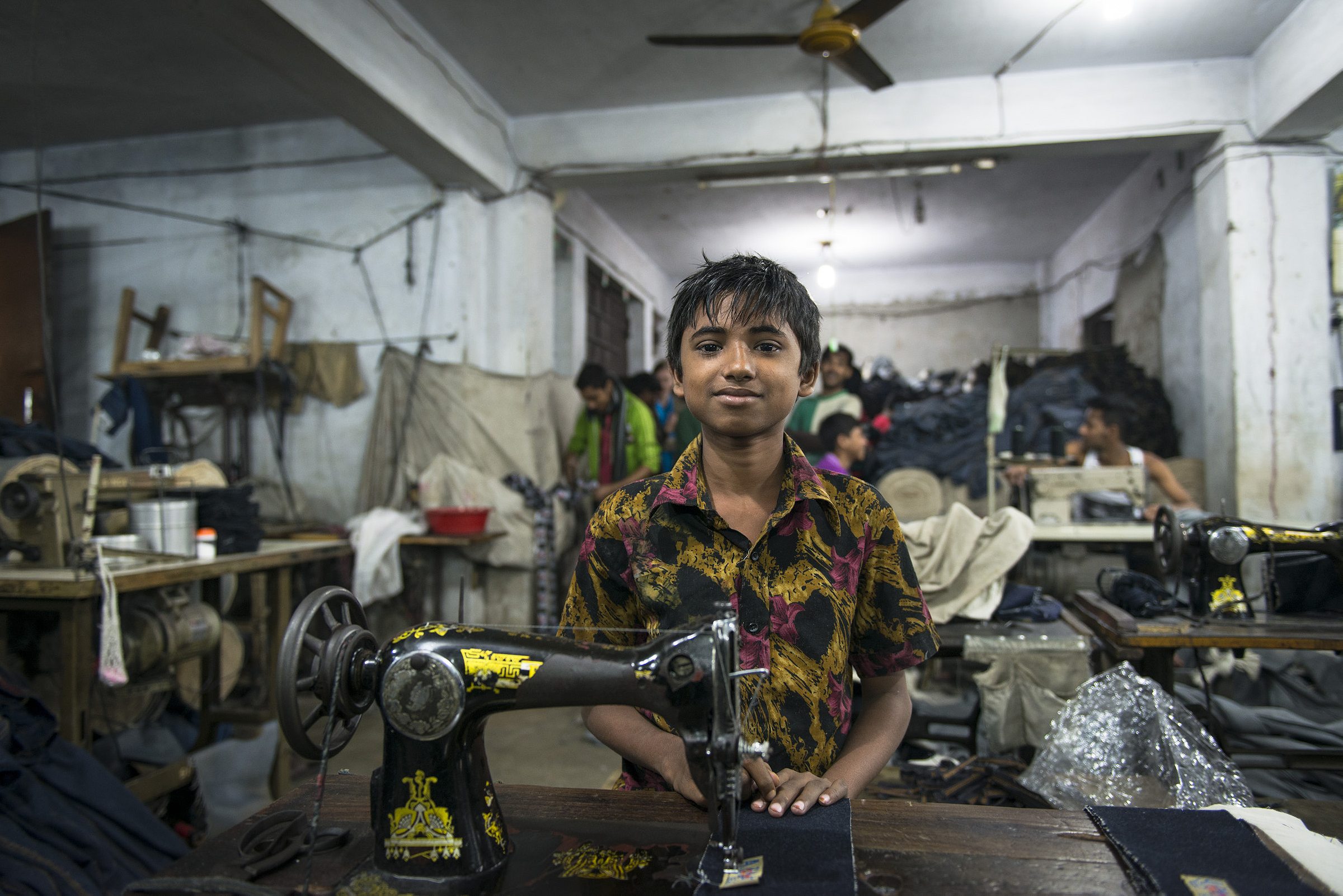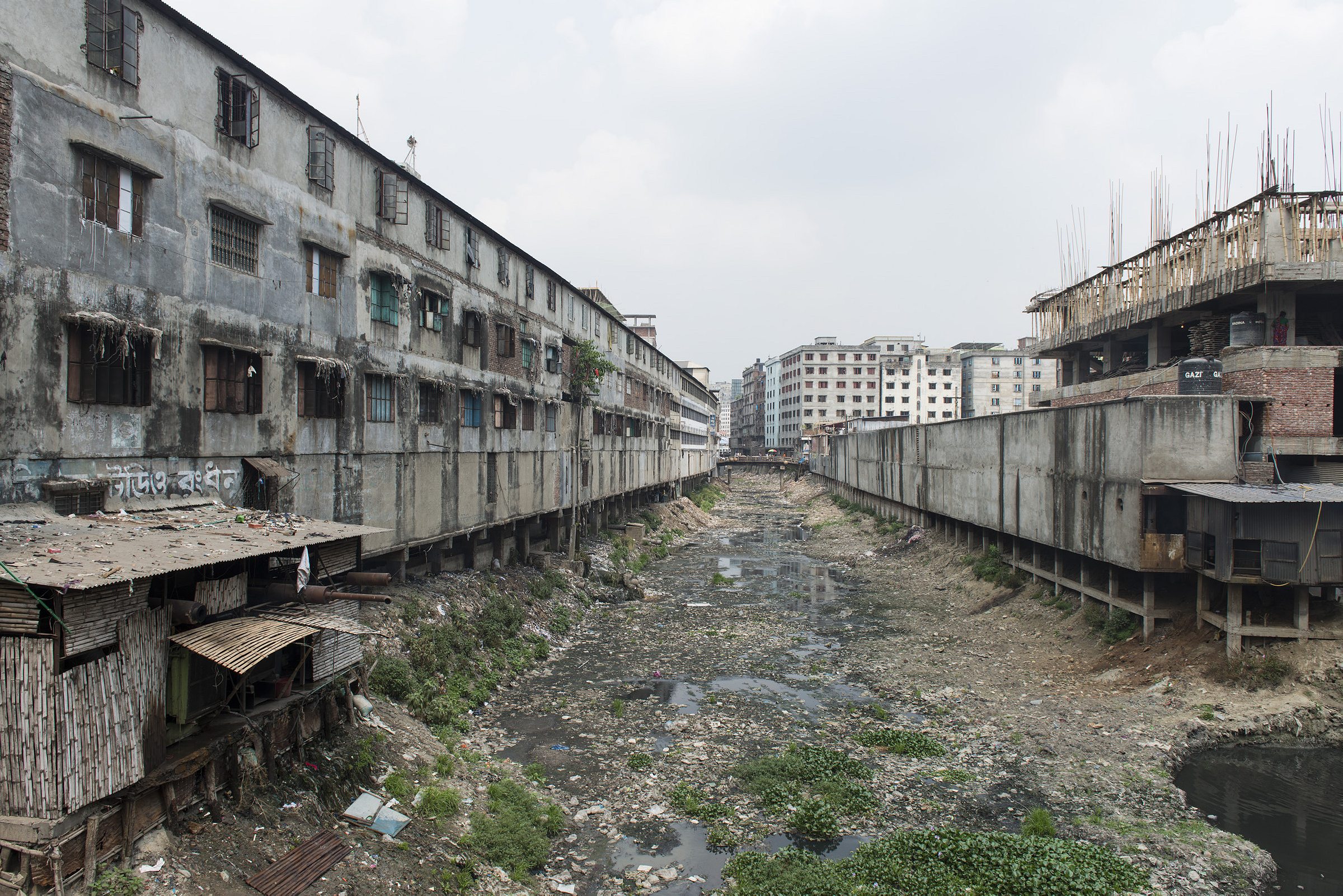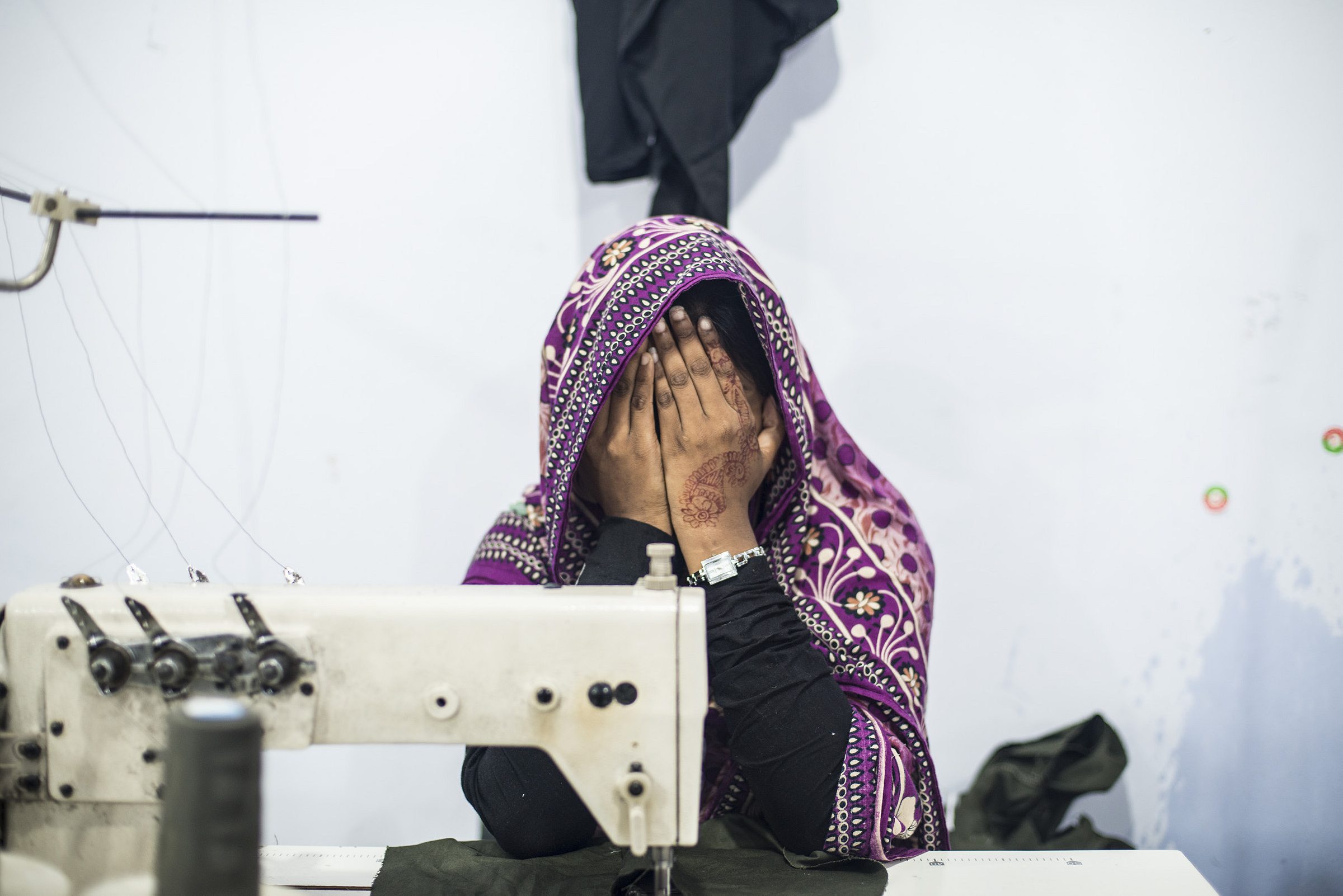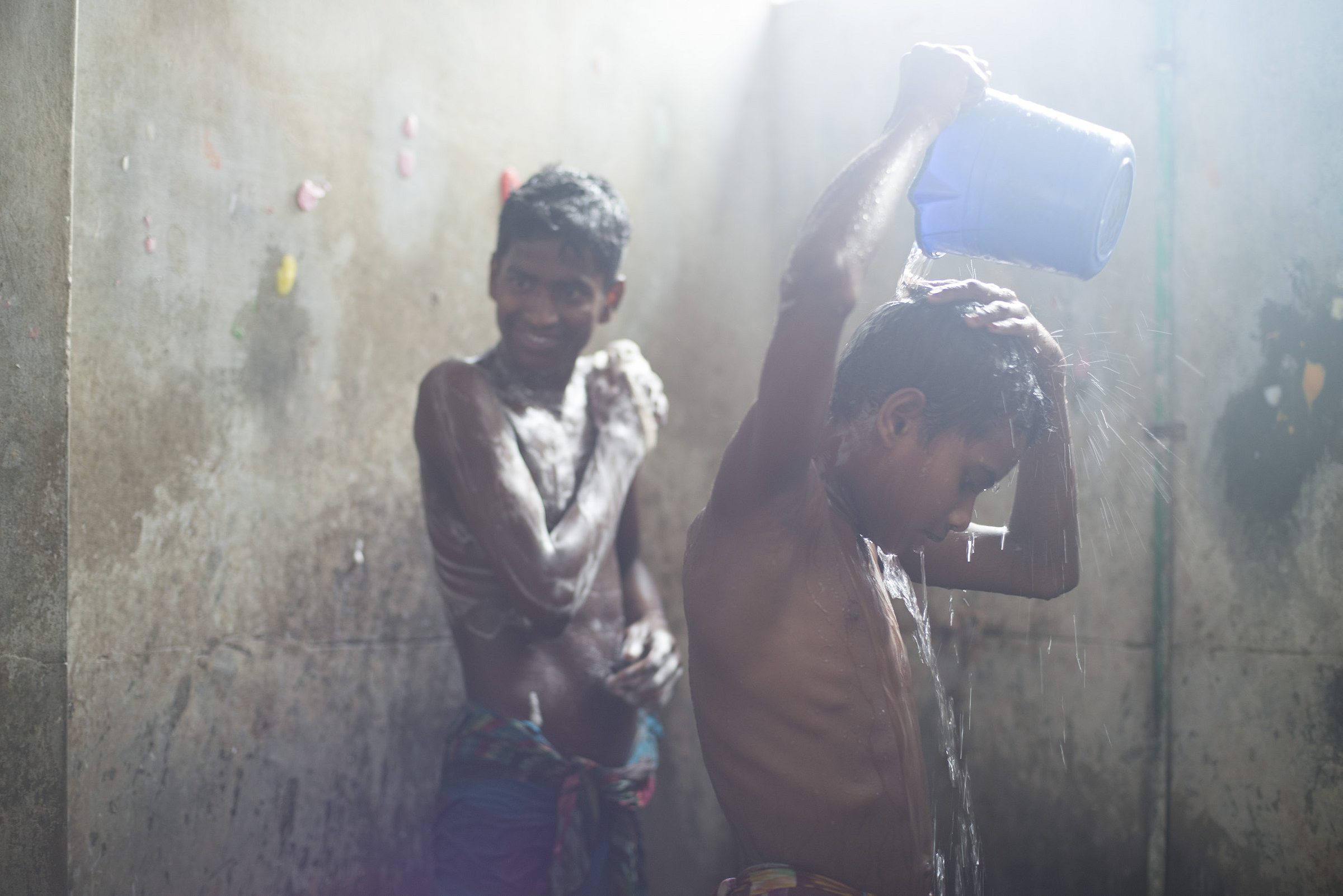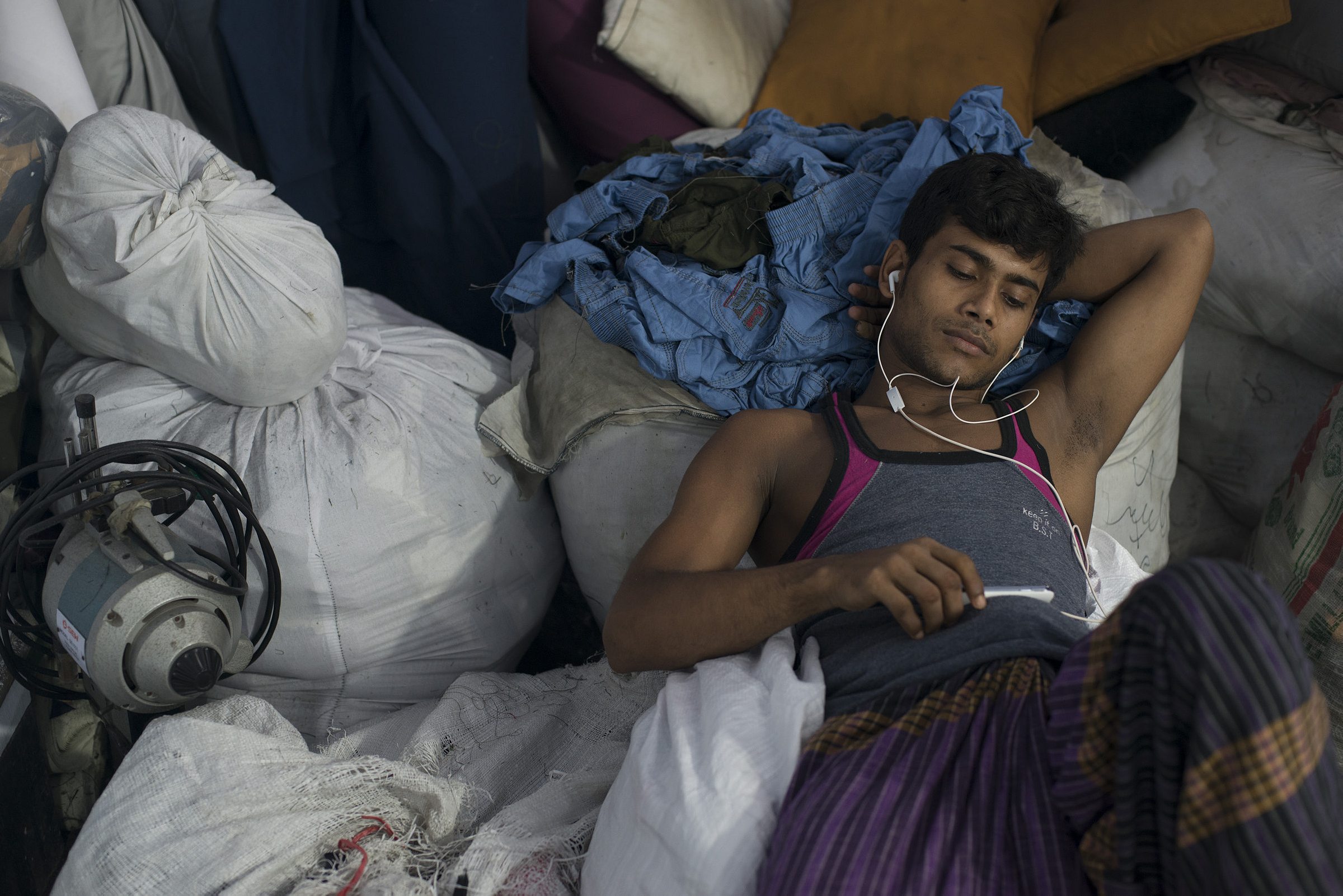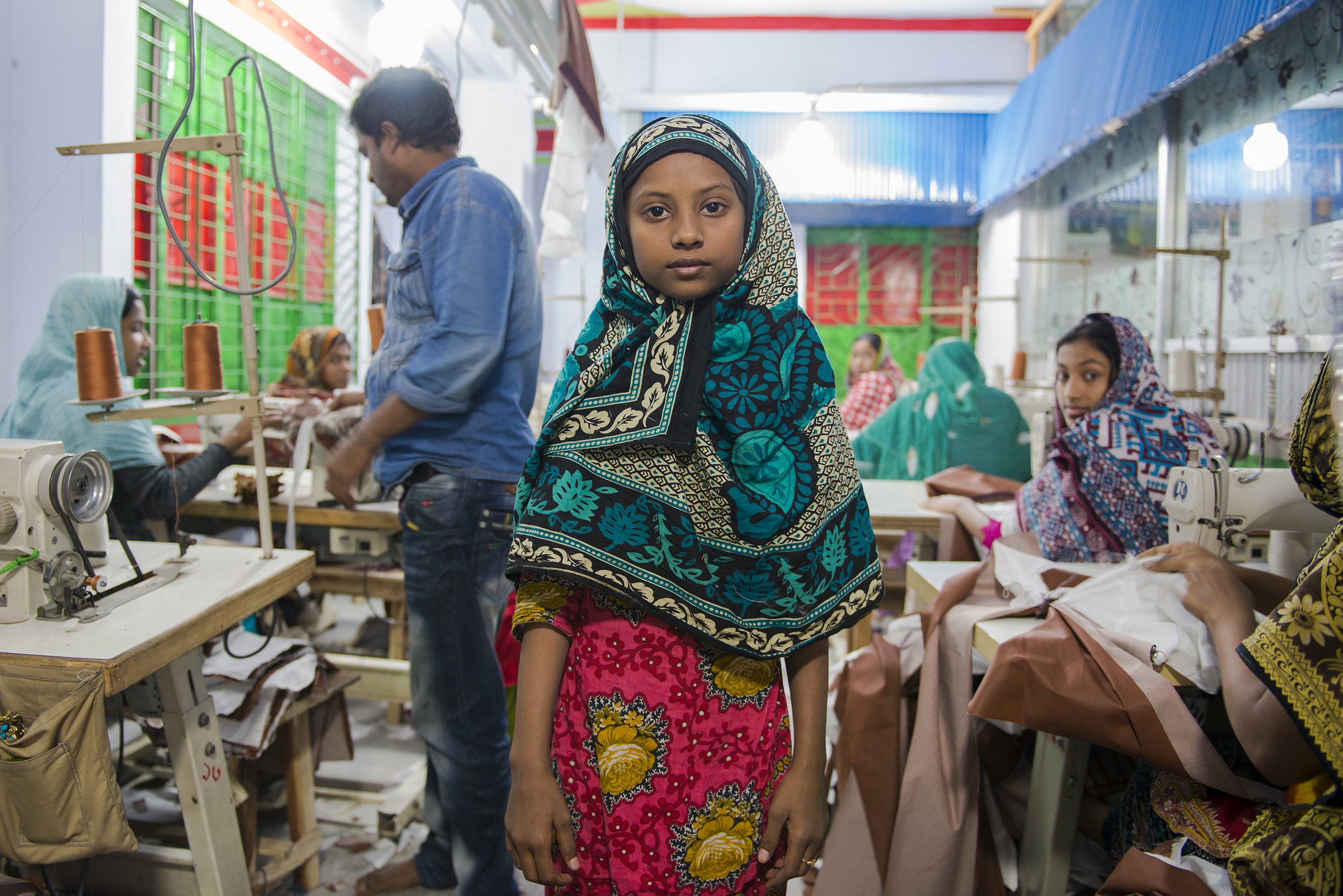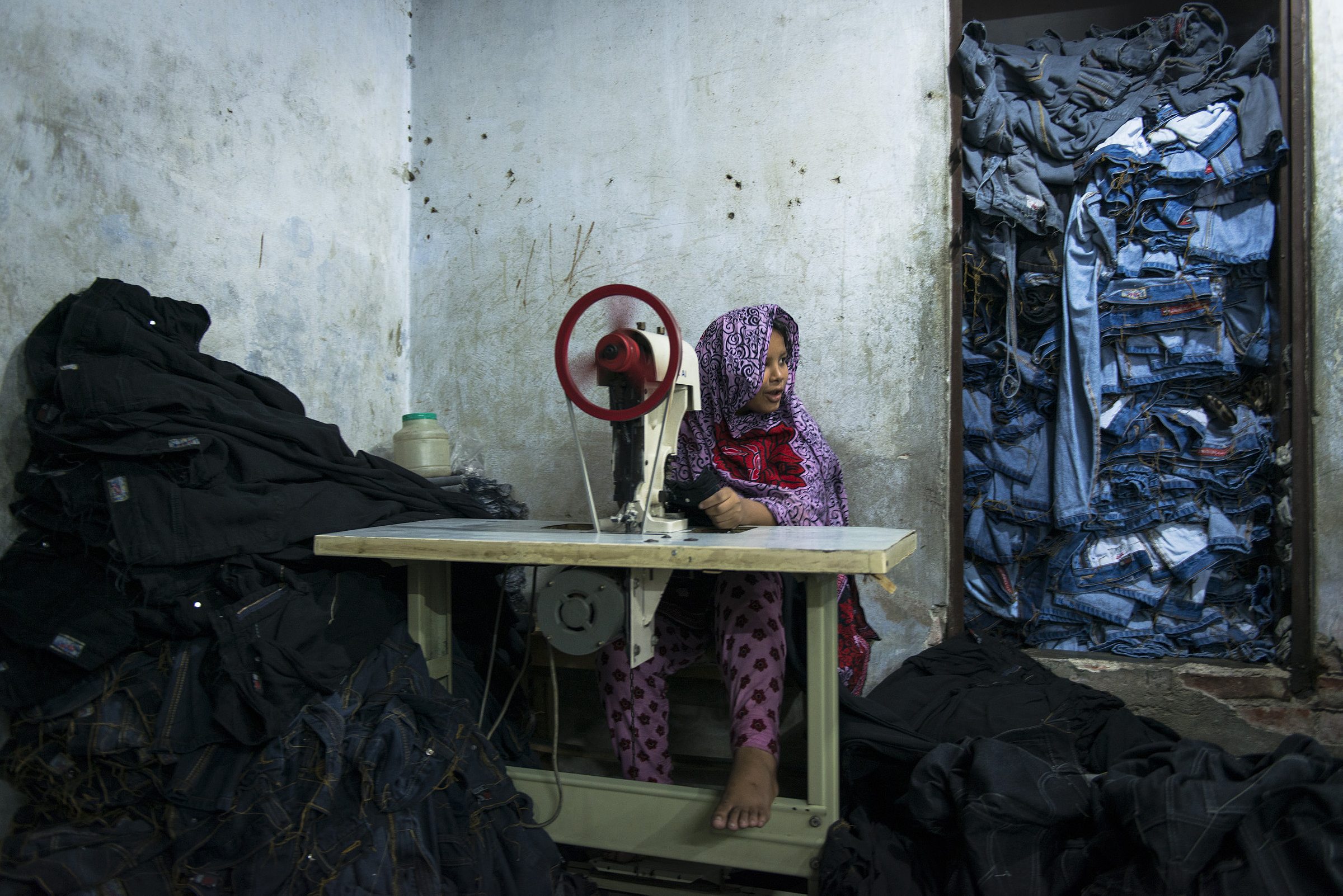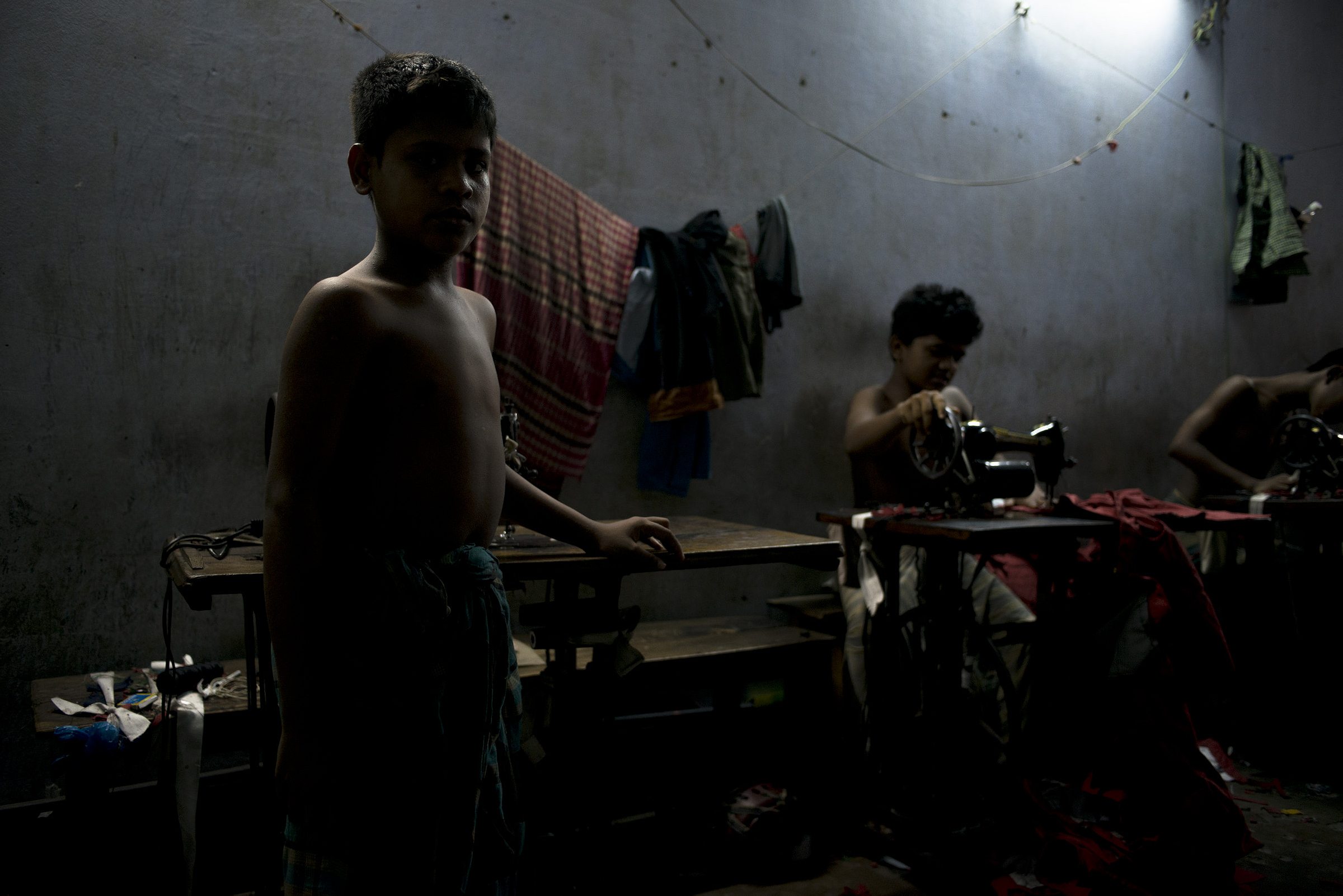More than two years after the deadly Rana Plaza garment factory collapse, reforms still haven’t reached the most vulnerable workers.
There’s a good chance that at least a few of your Christmas bargains came from Bangladesh, a country that has been supplying the West with inexpensive clothing at great peril for decades. On the morning of April 24th 2013, a clothing factory collapsed on the outskirts of the capital of Bangladesh, killing nearly 1,200 people. It was a tragedy, a travesty, and something of a global wakeup call about the appalling safety conditions behind many of the world’s recognized brands.
More than two years later, over $280 million has been committed by the international community to fix the garment sector in Bangladesh. The national government has conducted thousands of inspections in factories and drawn up many safety programs. But they all have one major flaw: all the resources are allocated to the formal economy.
There are more than 7,000 factories producing goods for the export market in Bangladesh. Approximately half of those are indirect suppliers, informal factories that “do not register with the government, either of the two national trade associations of apparel manufacturers, or foreign brands,” explains a new report conducted by NYU. Their workers are especially vulnerable, it continues, “because they are invisible to regulators and their employers operate on such slim margins that they cannot invest in even basic safety equipment or procedures.”
Photographer Claudio Montesano Casillas spent the last year documenting those who work in the shadows of the garment sector in Bangladesh. He visited the buildings of Old Dhaka that house a different “factory” on each floor; crowded rooms filled with people and sewing machines. He met the men and children who work 20-hour days and sleep on the factory floor (most women cannot commit to the same working hours and lifestyle). And though most of the workers he spoke to refused to be quoted, he hopes to give a voice to the nearly three million people whose working conditions remain unchanged since the Rana Plaza tragedy.
